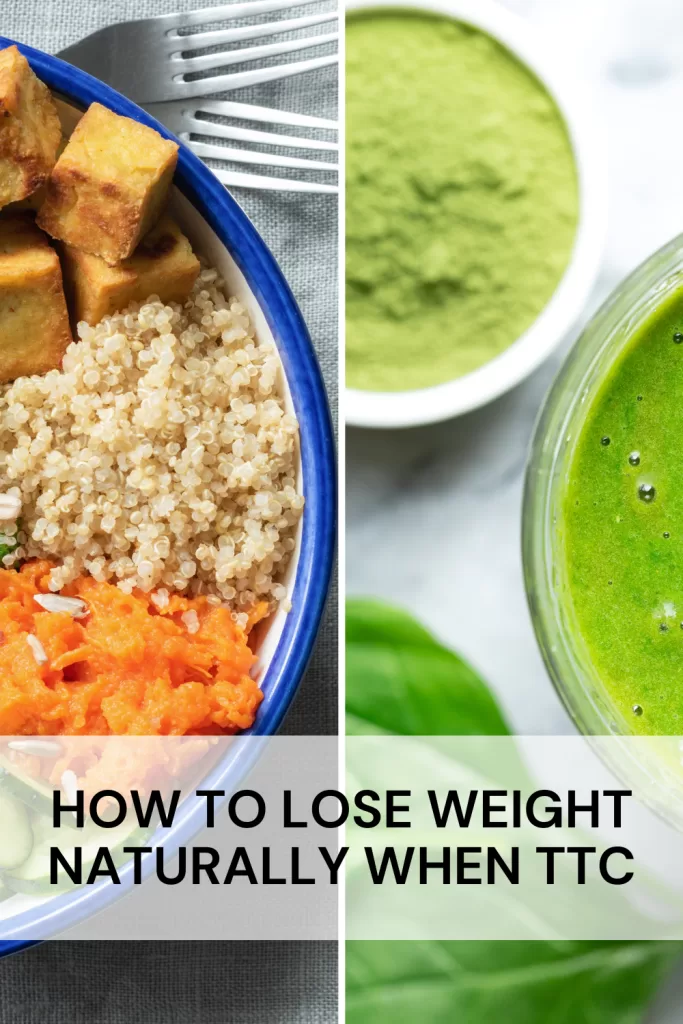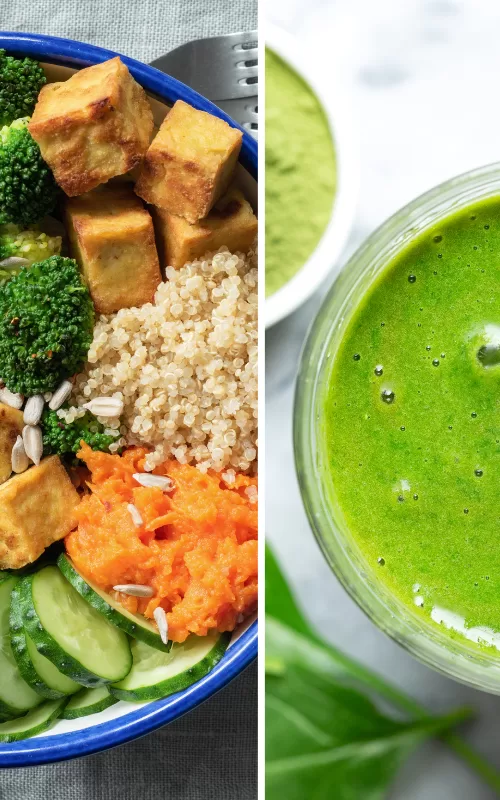How to lose weight naturally is something everybody wants to know. Especially when trying to conceive. Diets don’t stick for long. If you are ready for a lifetime transformation, this post is for you.
DISCLOSURE This post may contain affiliate links, meaning if you decide to make a purchase via my links, I will earn a commission at no extra cost to you. As an Amazon Associate I earn from qualifying purchases. Thank you for your support.
Disclaimer: The information provided in this blog post is for educational purposes only and should not be used as a substitute for professional medical advice, diagnosis, or treatment. Always seek the guidance of your pediatrician or qualified healthcare provider with any questions you may have regarding your child’s health. If you think your child may have a medical emergency, call your doctor or emergency services immediately. Read our full Medical Disclaimer here.
As a registered nurse, I’ve always known the medical facts about weight and fertility. But it wasn’t until I faced my own fertility struggles that I truly understood the profound connection between body weight, nutrition, and reproductive health.
How to lose weight naturally can seem so difficult. However, there is hope. And is simpler than you might think.
You might also like to read our post about Tips for Successful Implantation on Your Fertility Journey.
The Science Behind Weight and Fertility: How to lose weight naturally
Let me start with what we know from medical research. A healthy BMI (Body Mass Index) between 18.5 and 24.9 is associated with better fertility outcomes. Studies have shown that women with higher BMIs often experience irregular menstrual cycles due to hormonal imbalances, particularly with estrogen production. Fat tissue produces excess estrogen, which can interfere with normal ovulation patterns.
Additionally, research indicates that women who start their pregnancy at a healthy weight have:
- Lower risk of gestational diabetes
- Reduced likelihood of pregnancy-induced hypertension
- Fewer complications during delivery
- Better postpartum recovery outcomes
- Reduced risk of cesarean section

How to lose weight naturally: My Personal Journey
At 33, despite my medical knowledge, I found myself struggling with both weight and fertility. After 6 years of eating the Western diet after coming to the United States, my body was carrying extra weight. As a future nurse, I felt embarrassed. Here I was, counseling patients about healthy pregnancies while struggling with my own weight issues.
Everything changed when I discovered Dr. John McDougall’s book “The Starch Solution.” Initially skeptical (after all, we nurses are trained to be evidence-based practitioners), I was impressed by the scientific backing of his approach. The premise was simple: base meals around whole starches, add non-starchy vegetables, eliminate processed foods and oils.
Within 3 months of eating this way, I reached 54kg – a healthy BMI of 20.5. More importantly, I felt happier, my energy levels soared, and I started to believe that I would be able to conceive. At 35, I conceived naturally and had an incredibly healthy pregnancy.
How to lose weight naturally: The Green Smoothie Revolution
Post-pregnancy presented new challenges. While breastfeeding, I struggled to maintain adequate nutrition. That’s when I discovered Dr. Brooke Goldner’s work on green smoothies. Her protocol emphasizes nutrient-dense smoothies to reduce inflammation containing:
- Raw leafy greens (at least 2 cups)
- Fresh fruit for natural sweetness
- Freshly Ground flax seeds for omega-3s
These smoothies helped me regain vital nutrients while maintaining a healthy weight. Following this protocol, I successfully conceived again at 40 – something many medical professionals had suggested would be challenging. Dr. Brooke Goldner has helped so many patients with her protocol to reverse autoimmune diseases, obesity, and chronic illness just using supermarket foods! You have to check her out!
I have been able to maintain a healthy BMI after pregnancy #2 because of this combination of Dr. McDougall’s and Dr. Goldner’s work. This is has been the best thing ever! To have energy to take care of my girls despite being over 40, it’s just priceless!
The Smoothie Protocol for Fertility
For women trying to conceive, I recommend starting with this basic fertility-supporting smoothie:
- 2 cups spinach (rich in folate)
- 1 cup kale (calcium and iron)
- 1 banana (potassium)
- 1 cup berries (antioxidants)
- 1 tablespoon ground flax seeds (omega-3s)
- 1 cup plant-based milk
- Optional: 1 scoop plant protein powder
This combination provides essential nutrients for reproductive health while supporting healthy weight management.
Technology Meets Fertility: The Kegg Device
Throughout my journey, I also utilized modern fertility tracking technology. The Kegg device became an invaluable tool in understanding my fertility window. This FDA-registered device measures cervical fluid changes through incredible technology, providing daily readings that help predict fertile windows with remarkable accuracy.
As a nurse, I appreciate how Kegg eliminates the guesswork from cervical fluid monitoring. The device takes just 2 minutes to use each day and provides clear, actionable data through its app. This was particularly helpful while I was losing weight, as body composition changes can affect cervical fluid patterns.
Best Practices for Weight Loss While Trying to Conceive
Based on my professional and personal experience, here are my key recommendations:
- Focus on nutrient density rather than calorie restriction. The plant-based approach naturally supports this goal.
- Maintain adequate hydration (minimum 2-3 liters daily) to support optimal cervical fluid production.
- Include plenty of leafy greens and cruciferous vegetables, which support hormone balance.
- Track fertility signs using reliable tools like Kegg to understand your body’s patterns.
- Exercise moderately – aim for 30 minutes of walking daily rather than intense workouts.
Conclusion
This post was all about how to lose weight naturally while trying to conceive. As both a healthcare professional and a mother who conceived naturally at 35 and 40, I can attest to the power of proper nutrition and weight management in fertility. The combination of a starch-based diet, nutrient-dense green smoothies, and modern fertility tracking technology provided me with the tools I needed to achieve my dreams of motherhood.
Remember, every woman’s journey is unique. What worked for me may need modification for others. Always consult with your healthcare provider before starting any new diet or exercise program, especially when trying to conceive.
The most important thing I’ve learned is that sustainable weight loss and fertility support don’t require extreme measures. Sometimes, the simplest approach – whole plant foods, plenty of greens, and mindful tracking – is the most effective. Also, believe it will happen, and soon you will see those two precious lines on your pregnancy test. 😉
Wish you the best!











Leave a Reply